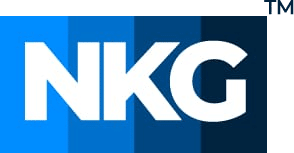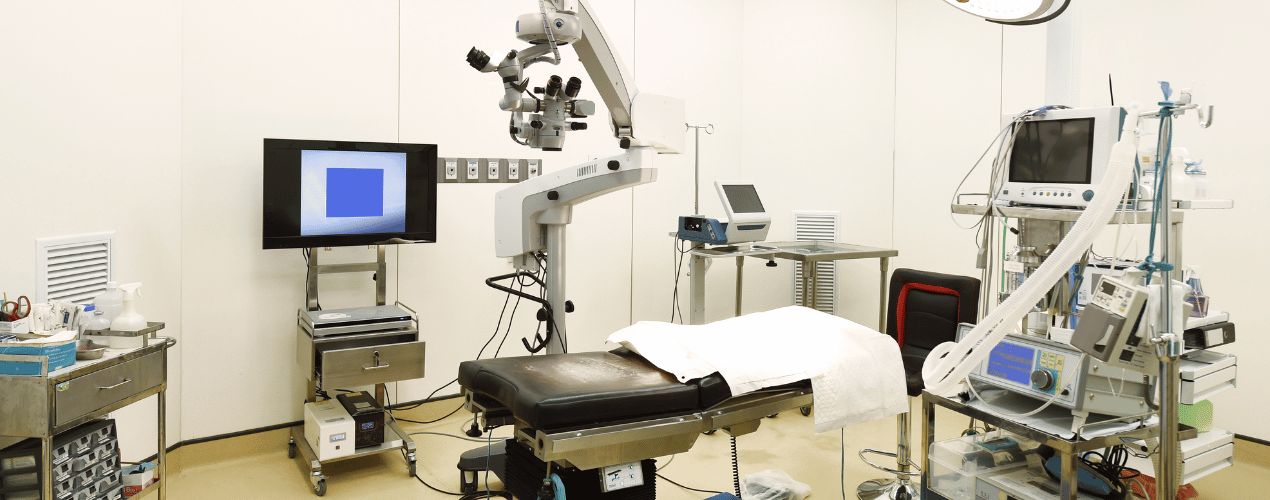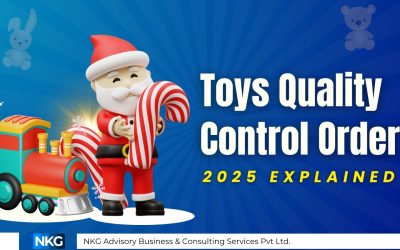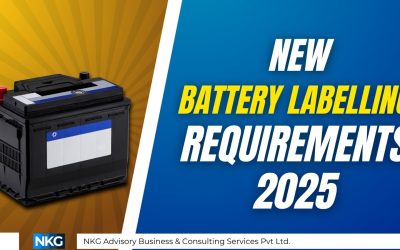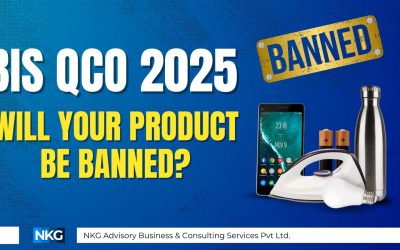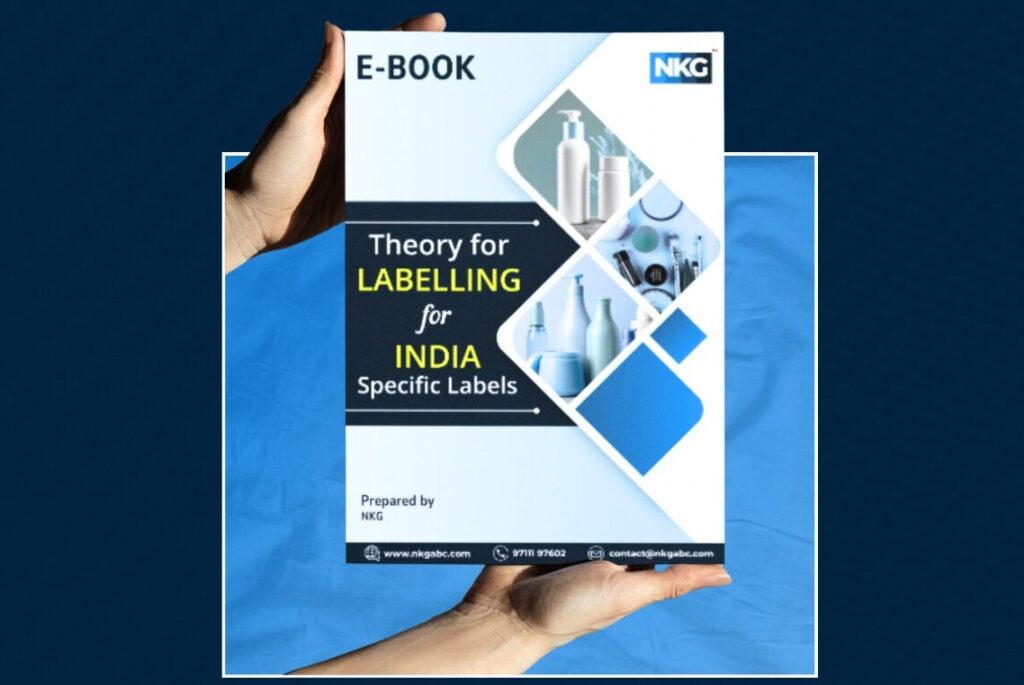Medical Device
Introduction:
Medtech is the connection of two of the most rapidly evolving and inventive sectors of the economy: technology and healthcare. Automation, artificial intelligence (AI), and digital therapeutics are forward-thinking technical developments that have made it possible for the healthcare sector to change and expand more quickly than in the past.
The healthcare sector, particularly MedTech, is now primed for investor interest thanks to all this technological innovation. Since then, medical technology has significantly enhanced patient outcomes, health equity, and healthcare industry efficiency.
The COVID-19 pandemic hurt the medical technology industry, as it stopped producing medical devices and hindered product innovation, similar to many other industries.
However, in contrast to specific other industries, the pandemic served as a driving force behind faster growth in this one.
Trends in regulations:
Consolidation of Industry: Global competition among hundreds of medical device companies results in nearly half of the market revenues going to the top 15 companies, according to Kalorama Information’s report, The Market for Medical Devices, 12th Edition. According to Kalorama Information, the medical device sector will continue consolidating in the coming years.
According to Kalorama Information, “Businesses are merging to build revenue growth and present combined offerings to hospital and physician customers as a result of the market’s increasing growth.”
According to Frost & Sullivan’s research Global Medical Devices Outlook 2022, “from a broader industry dynamics perspective, every stakeholder in the medtech space (including other healthcare sectors) predicts increased mergers and acquisitions within the industry,” the industry is headed towards consolidation.
Changing Environment of Regulations: The constantly shifting field of medical device regulations is another essential thing to keep an eye on, in addition to industry consolidation. Most nations have strict rules governing the medical device industry, and in the past few years, these regulations have evolved globally.
Medical device quality control consists of pre-market (to secure regulatory approval) and post-market (to guarantee safety and efficacy in a more extensive test population). The success of a medical device will continue to depend on the proper navigation of all quality control stages. Medical devices may need to help retain or obtain market approval when outdated regulations are replaced and devices are evaluated following the new standards.
Trends in the medical device industry
- Growing the Use of AI-Enhanced Medical Devices: Medical devices gather vast amounts of data, which artificial intelligence facilitates better processing and analysis of. Businesses use AI to identify illnesses or the onset of diseases based on patient-specific health data. AI also tracks the efficacy of therapy and enables predictive analysis. Medical device manufacturers use computer vision and other AI technologies to expedite diagnostics and help robotic surgery. AI is also helpful in the areas of industrial operation optimization and automation.
- Increasing Use of Smaller Medical Devices: In the medical field, devices with more sophisticated features at a smaller size are gaining traction. Compact and portable medical devices require less space and power. Additionally, they support patients in monitoring their medical issues, such as blood sugar and heart rate. Such lightweight, portable equipment allows for greater mobility, especially in ambulatory care and patient transport.
- Compact and portable, the Philips Healthcare Heart Start automatic external defibrillator analyses cardiac rhythm and prompts the user to shock someone with a shock if necessary.
- Cardio Help, the world’s smallest portable heart-lung support system, measures blood values, including arterial, venous, and hemoglobin levels and venous and hemoglobin saturation. It may soon change how patients handle their medical needs.
- Growing Adoption of Wearable Medical Technology: Wearable technology allows for medical monitoring while the user is wearing it. These devices are worn either as accessories or as part of clothes. They provide information on heart rate, blood pressure, oxygen saturation, weight, respiration, temperature, hydration, heart rate, motion, direction, glucose, blood pressure, and brain activity. Head-mounted displays (HMDs), which include smartwatches, are among the most popular categories of wearable technology.
Regulatory Challenges
Medical devices must be safe, efficient, and meet the needs of both patients and healthcare professionals for regulators to be satisfied. Among the significant regulatory obstacles that the medical device industry must overcome are:
- Strict rules: Regulatory bodies like the FDA and EMA demand comprehensive testing and clinical data before approving a product for use. The regulatory environment surrounding medical devices is constantly changing due to new standards and regulations being implemented in response to developing technologies and shifting healthcare requirements.
- Worldwide harmonization: Medical device manufacturers must deal with various regulatory frameworks, approval procedures, and deadlines in multiple nations and areas.
- Cybersecurity: As medical devices connect to more networks and other devices, they are more susceptible to cyberattacks.
- Post-market surveillance: Once a medical device is on the market, regulators require manufacturers to monitor its efficacy and safety, report any unfavorable events or quality problems, and take appropriate action. To make sure their products satisfy the needs of patients and healthcare providers while remaining compliant with regulations, medical device companies are under pressure to stay current by making significant investments in research, development, and post-market surveillance.
- Increased competition: Businesses that manufacture medical devices face challenges from an increasingly crowded market, which may result in price pressure and lower profitability. Additionally, R&D teams are pressured to innovate and iterate more rapidly because the product lifecycle is accelerated. Medical device companies might have to cut their prices to stay profitable, and market saturation might make it difficult for them to expand.
Conclusion: The future of medical device registration is marked by dynamic trends and significant regulatory challenges, shaping the healthcare industry landscape. The changing regulatory environment poses both opportunities and challenges for medical device manufacturers. Strict regulations, evolving standards, and the need for worldwide harmonization present hurdles that must be navigated to ensure compliance and market access. As the industry evolves, medical device companies face heightened competition, pricing pressures, and the need for accelerated innovation to stay ahead in a crowded market.
